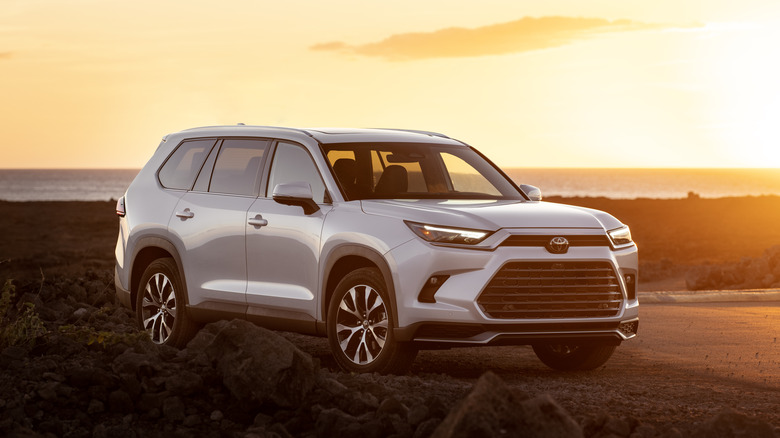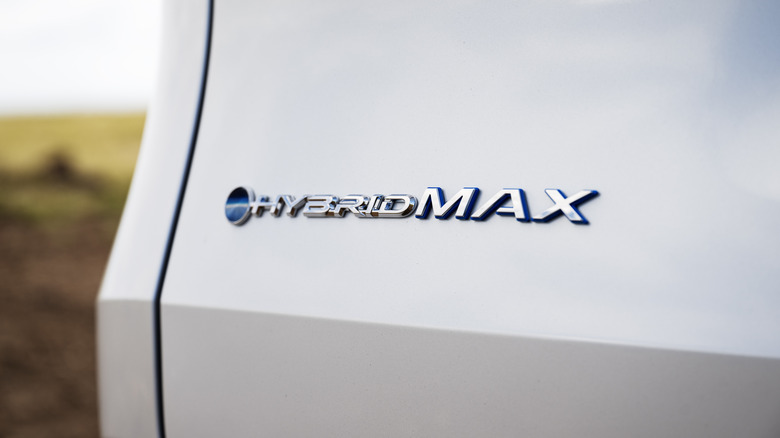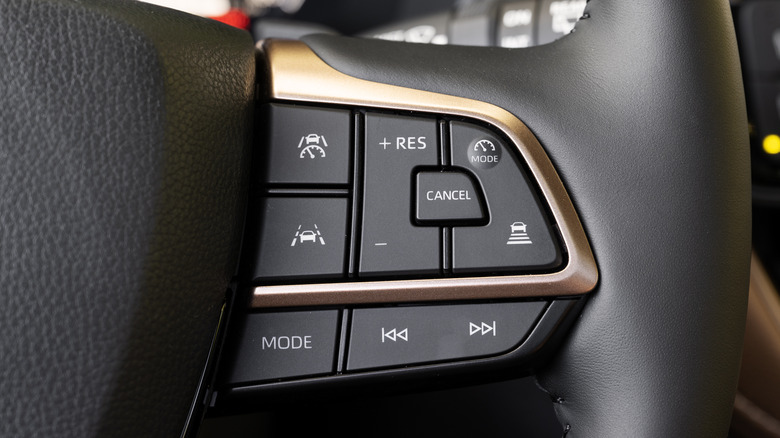Toyota's 2024 Grand Highlander Vs The Highlander: How Different Are They?
Building upon the success of its popular Highlander three-row SUV, whose current generation was launched in 2019 and which has been selling over 200,000 units annually, Toyota decided to launch a roomier and even more luxurious variant of the model called the Grand Highlander for the 2024 model year.
Both the Highlander and Grand Highlander are three-row SUVs, but only the latter is big enough to carry adults comfortably in its third row (which also features two additional USB ports for charging that the Highlander doesn't have). The Grand model isn't only more accommodating for passengers, but with its rear seats folded, its available load volume is visibly larger too.
It is also the more premium-looking of the two, with an overall aesthetic not too dissimilar to that of a current Lexus model. Squint and you might think you're looking at its luxury sister model, the Lexus TX. You won't get any of that with the regular Highlander, though, as that looks more like a bigger Toyota RAV4 than anything premium.
There is also a difference in luxury feeling inside the two vehicles, but it's not quite as dramatic as the Grand Highlander's visibly more premium exterior.
More Car, More Power, Less Efficiency
Equipped with the optional Hybrid Max powertrain the Grand Highlander delivers a lot more performance than its smaller sibling. It pairs a turbocharged 2.4-liter four-cylinder that, on its own makes 275 horsepower with two electric motors to produce a combined 362 horsepower and 400 pound-feet of torque.
The turbo engine without electrification is available for both models as a standalone powertrain with an output of 265 horsepower and 310 pound-feet. Both Highlanders can also be equipped with a more traditional Toyota hybrid, which relies on a 2.5-liter non-turbo Atkinson-cycle four-cylinder and electric motors to deliver 243 horsepower and 175 pound-feet of pull.
However, because the Grand Highlander is the heavier of the two vehicles, its economy numbers are not as good as those of the regular Highlander. Toyota rates the Grand model equipped with the 2.4-liter turbo at 24 mpg combined for the front-wheel drive model and 22 mpg if it's equipped with the optional all-wheel drive. The smaller Highlander with the same engine beats those numbers with 25 and 24 mpg, respectively.
More Safety Tech And Standard Equipment
Toyota offers the Highlander with smaller screens as standard. It comes with a seven-inch driver's display and an eight-inch central infotainment screen. You have to pay more in the Highlander if you want to upgrade both those screens to 12.3 inches, but they come standard in the Grand Highlander. Another standard feature of the Grand Highlander that you have to pay extra for in the smaller Highlander is a wireless phone charging pad.
Safety in the Grand Highlander is also enhanced thanks to the adoption of Toyota Safety Sense 3.0, which is more advanced than the 2.5+ version in the Highlander. TSS 3.0 features a new wider-angle and higher-resolution front-facing camera, as well as the ability to receive over-the-air updates.
All of these differences are reflected in the two vehicles' starting prices. The Highlander has a starting price of $39,120, while the Grand Highlander starts at $43,070, so there's a $5,345 difference. Both models have a $1,335 destination charge that you also need to consider.


